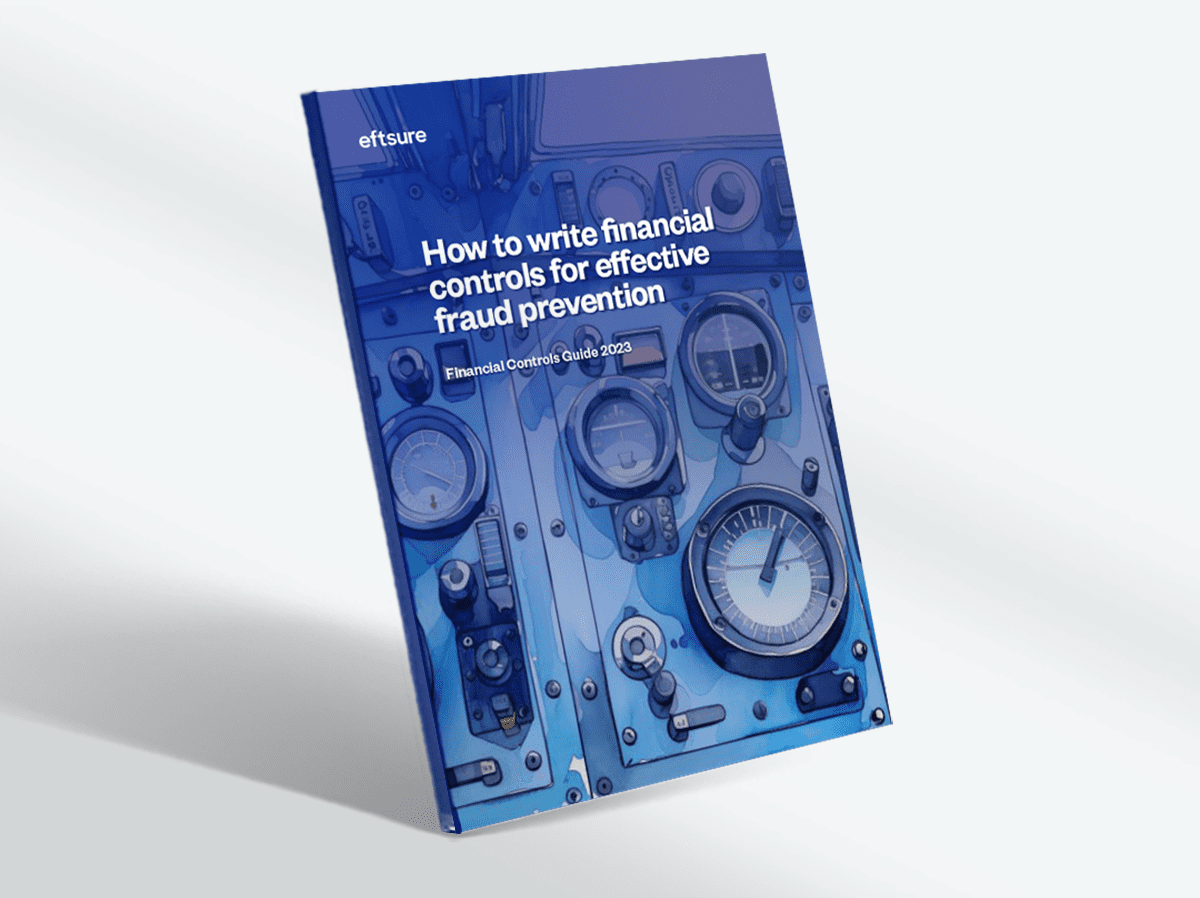What is MFA?
Multi-factor authentication (MFA) is a security method that requires users to prove their identity using two or more distinct factors before accessing …
In the age of digital payments, people and businesses alike utilize the Automated Clearing House (ACH) network to securely transfer money to other entities. ACH fraud occurs when an unauthorized transaction is made using the ACH network. Fraudsters can use ACH fraud to steal money, collect sensitive information, and even limit a business’s ability to function in the future.
Fraudulent ACH usage can happen in a number of ways. Because the ACH network supports credit and debit transfers – payments and withdrawals – all a hacker needs to commit payment fraud is a user’s account number and routing number. Here’s the common ways ACH fraud can be committed:
Hackers can gain access to their victim’s bank account through phishing, malware, or social engineering, and use access to initiate fraudulent ACH transactions.
On the rise, this method is especially dangerous for businesses. BEC scams are when bad actors impersonate or hack into business email accounts and convince well-meaning employees to send funds to the wrong account through an ACH transaction.
Business email compromise attacks are extremely hard to detect, as emails will come from internal email accounts, rather than a falsified version of the email which we often see in phishing attempts.
Using stolen bank account information, ACH fraudsters can coordinate illegitimate direct debit transfers, withdrawing funds from their targeted bank accounts.
By manipulating business payroll systems, criminals can reroute direct deposit payments to accounts that only they control.
It’s not uncommon for these hackers to send fake invoices to businesses, trick them into thinking they’re real invoices. Subtle changes, such as slightly different account number attacked to the invoice, could trick accounts payable employees into paying the fraudster’s bank account.
This is why man businesses today invest in an invoice verification technology, which can lead to companies avoiding sending hundreds of thousands of dollars to the wrong account.
Because ACH payments don’t happen in real-time, scams can be notoriously hard to catch, often taking days or longer before the fraud is realized. Victims of unauthorized ACH transactions will likely experience:
Scammers can siphon hundreds of thousands of dollars away from businesses and individuals before any red flags are raised. The financial damage can be astronomical when ACH fraud is finally uncovered.
For businesses, experiencing high-magnitude payment fraud can damage the organization’s reputation amongst customers and sellers, making it hard to remain successful down the line.
In worst-case scenario situations, ACH debit fraud can lead to a business halting its operations due to damaged cash reserves. In some situations, trying to detect and recoup fraudulent transactions will require teams revert to manual processes, which can be extremely time consuming.
Having to spread resources could result in delays in paying suppliers and other timely responsibilities. Depending on how bad the financial losses are coupled with the ability for teams to manage BAU while focusing on reconciling fraud, there’s an increased chance that an organization will go out of business increase astronomically.
Finance executives and leaders are feeling the pressure to tighten their operations when it comes to fraud prevention. Although ACH payments are a step in future-proofing organizations in comparison to those using checks, it’s also important to remain aware and prepared against the growing rate of fraud and cybercrime in the US.
Many organizations leverage precautions such as ACH debit blockers or ACH positive, however these only protect to the extent that a business’s ACH positive pay list is correct in comparison to its list of vendors at the time of upload. If a criminal or an internal employee had managed to access these systems, they may be able to change your vendor details, particularly the account details.
Eftsure’s payment fraud protection software provides continuous control monitoring to protect ACH payments, providing a secure vendor management system to keep businesses from financial losses due to cybercrime and fraud.

Multi-factor authentication (MFA) is a security method that requires users to prove their identity using two or more distinct factors before accessing …
Imposter scams are a type of fraud where scammers pretend to be trusted individuals, companies, or government agencies to deceive victims into …
Accounts payable fraud is a deceptive practice that exploits vulnerabilities in a company’s payment processes. It occurs when individuals—whether employees, vendors or …
Eftsure provides continuous control monitoring to protect your eft payments. Our multi-factor verification approach protects your organisation from financial loss due to cybercrime, fraud and error.